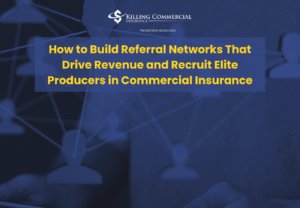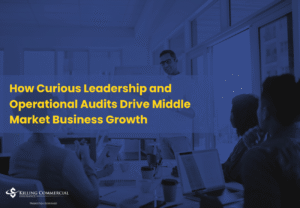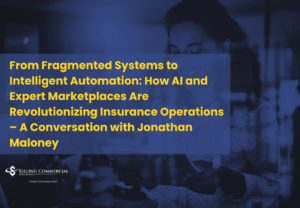
From Cold Calls to Carpool Closers: How Insurance Producers Can Build Trust with Educational Content
In the modern commercial insurance landscape, trust is no longer built solely through in-person meetings, networking events, or polished brochures. It’s earned digitally—often before a prospect ever takes your call. As sales dynamics shift and competition tightens, the producers who will thrive are those who understand one thing: educational content is the new handshake.









Responses